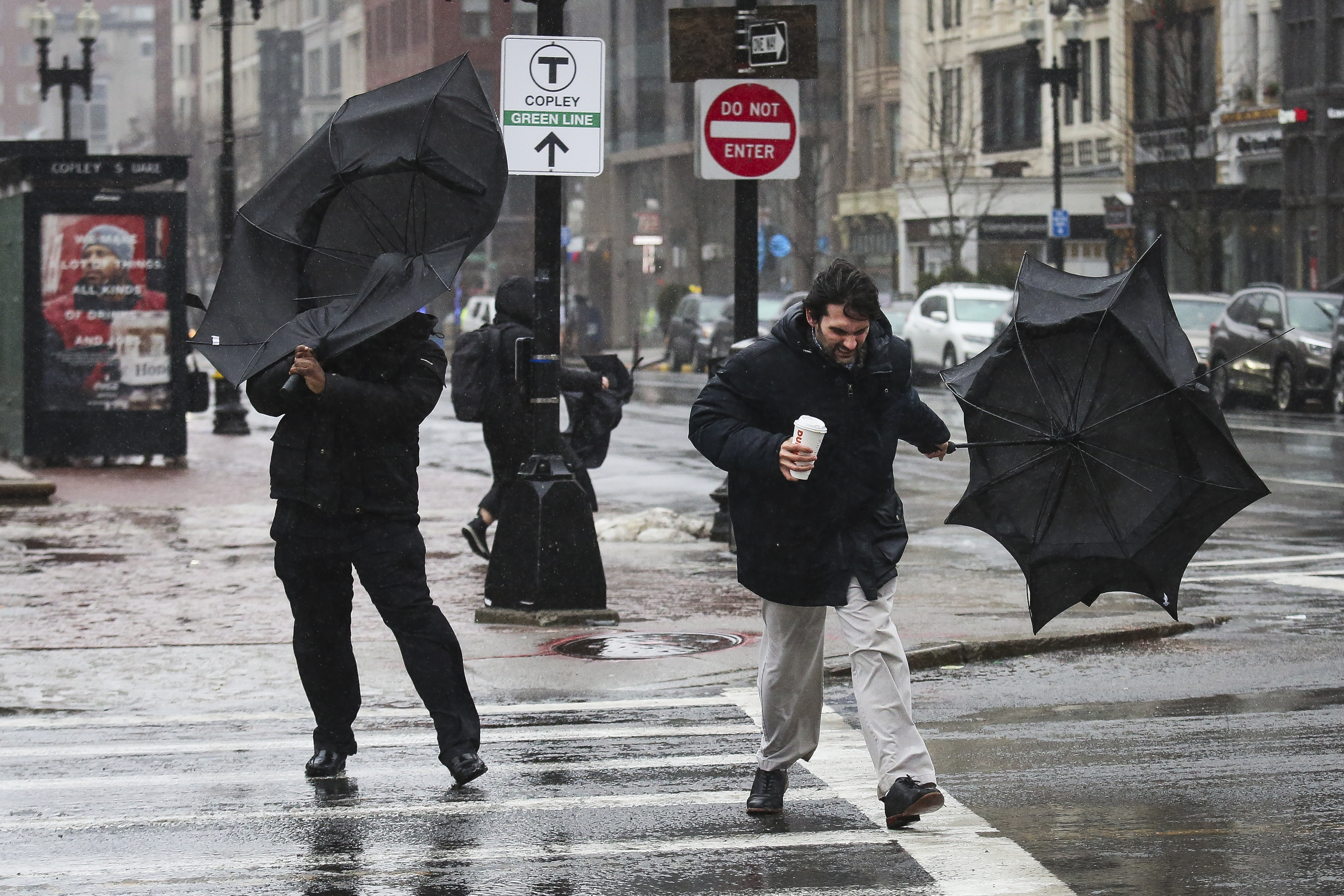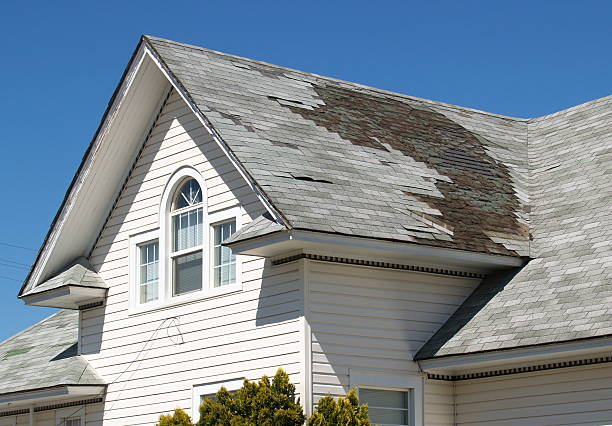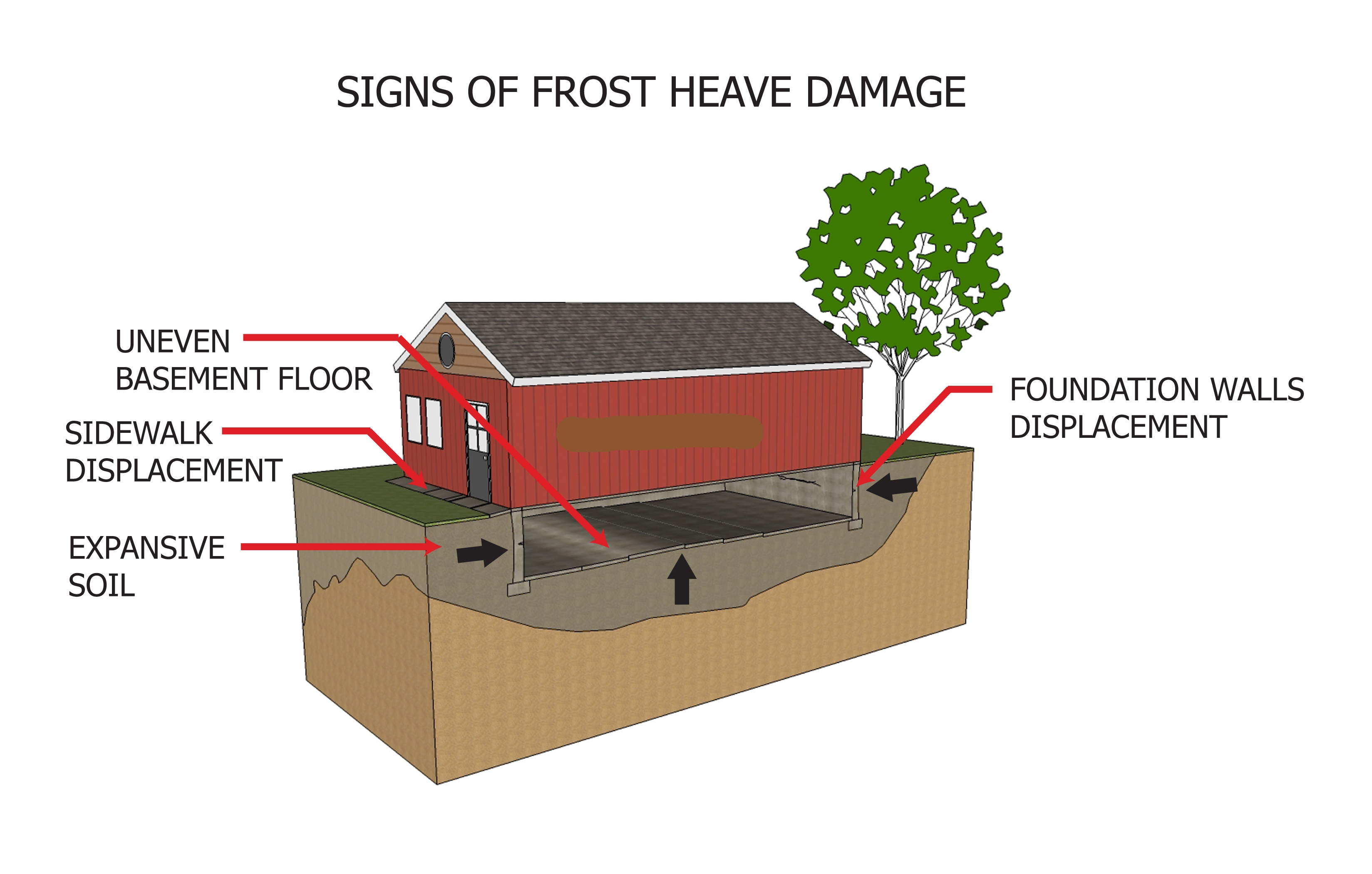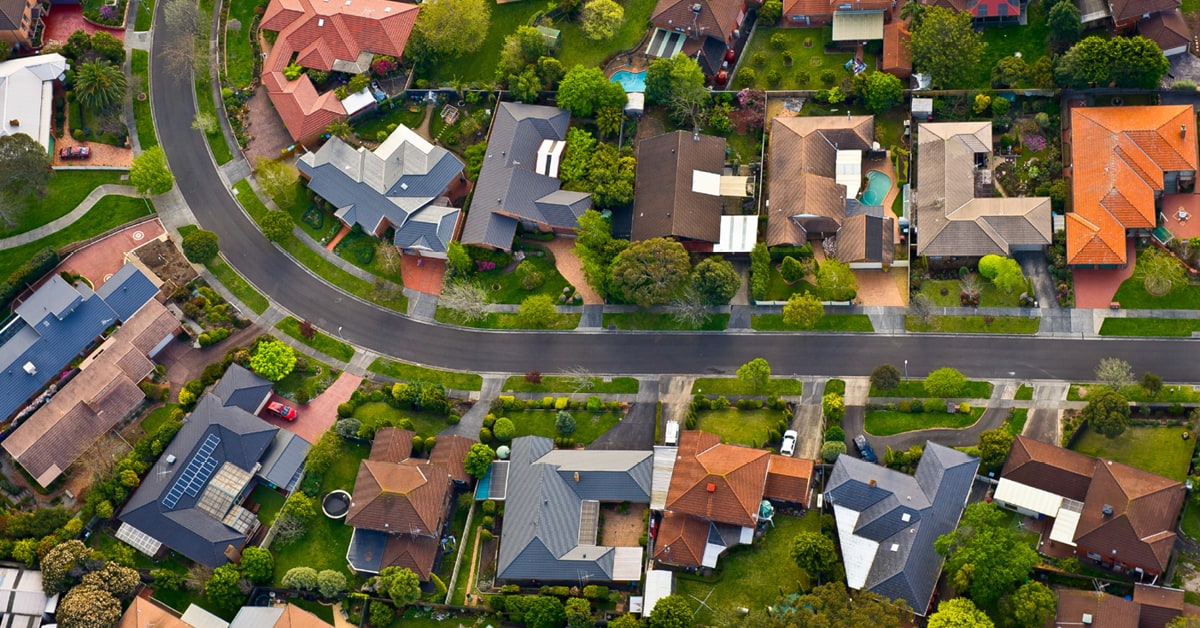
While you’re making an evacuation plan or stocking up on bottled water, the last thing you want to be thinking is, “Will my insurance cover what happens after this?” Yes, storms can be devastating – personally and financially.


While you’re making an evacuation plan or stocking up on bottled water, the last thing you want to be thinking is, “Will my insurance cover what happens after this?” Yes, storms can be devastating – personally and financially.

You should inspect your roof yourself before a storm hits. Roofs with higher-quality shingles ward off hail damage better than roofs with low-cost shingles. Likewise, newer roofs hold up better to hail damage than deteriorated roofs.

Wall cracks are a telltale sign of frost heave. Cracks are most common on the interior walls, but they can also occur on exterior walls. Other signs of frost heave can include cracked, tilted or displaced concrete floor slabs. If you notice any of these signs, you’ll want to get in touch with a foundation repair specialist.

As you approach retirement age, life is full of transitions. Your adult children grow up and move out on their own. You prepare to say goodbye to full-time work for good. And if you’re like many baby boomers, you may also think about downsizing your home.

The cost of homeowners insurance typically doesn’t have a big enough impact that you end up stuck inside your new home without living it up outside of it. Still, it is extremely important to factor in insurance costs to figure out what’s right for your situation—and your budget.
page 1 Of 7